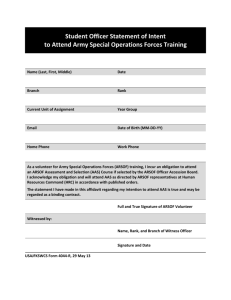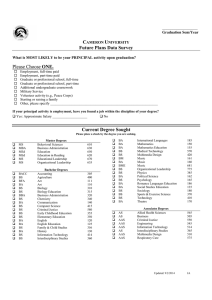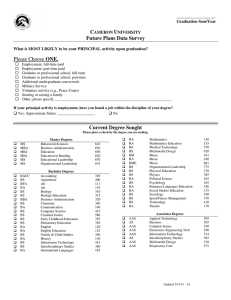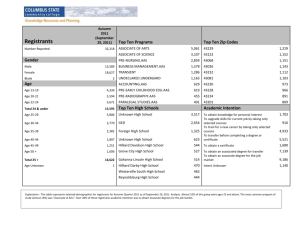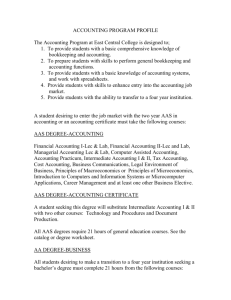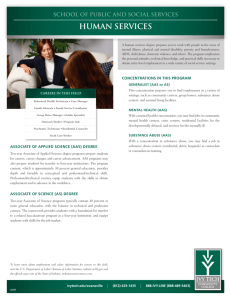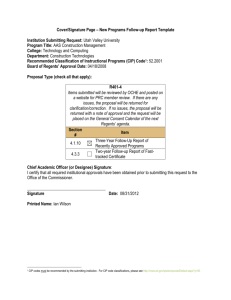AAS Executive Council Standard Operating Procedures (SOP) and
advertisement
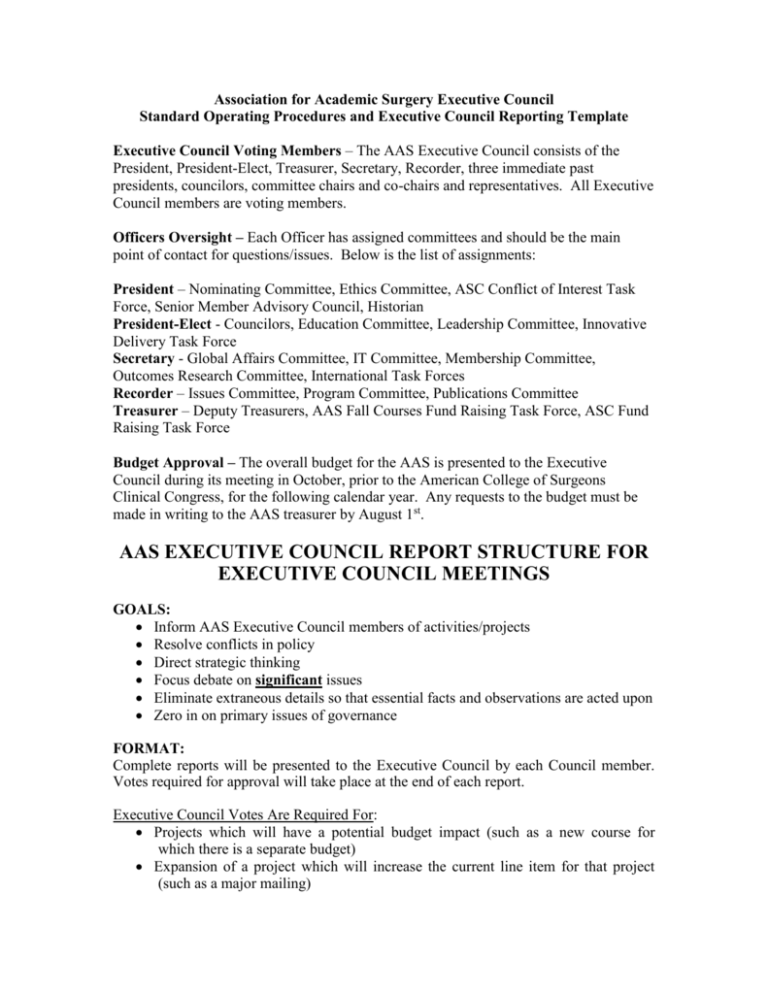
Association for Academic Surgery Executive Council Standard Operating Procedures and Executive Council Reporting Template Executive Council Voting Members – The AAS Executive Council consists of the President, President-Elect, Treasurer, Secretary, Recorder, three immediate past presidents, councilors, committee chairs and co-chairs and representatives. All Executive Council members are voting members. Officers Oversight – Each Officer has assigned committees and should be the main point of contact for questions/issues. Below is the list of assignments: President – Nominating Committee, Ethics Committee, ASC Conflict of Interest Task Force, Senior Member Advisory Council, Historian President-Elect - Councilors, Education Committee, Leadership Committee, Innovative Delivery Task Force Secretary - Global Affairs Committee, IT Committee, Membership Committee, Outcomes Research Committee, International Task Forces Recorder – Issues Committee, Program Committee, Publications Committee Treasurer – Deputy Treasurers, AAS Fall Courses Fund Raising Task Force, ASC Fund Raising Task Force Budget Approval – The overall budget for the AAS is presented to the Executive Council during its meeting in October, prior to the American College of Surgeons Clinical Congress, for the following calendar year. Any requests to the budget must be made in writing to the AAS treasurer by August 1st. AAS EXECUTIVE COUNCIL REPORT STRUCTURE FOR EXECUTIVE COUNCIL MEETINGS GOALS: Inform AAS Executive Council members of activities/projects Resolve conflicts in policy Direct strategic thinking Focus debate on significant issues Eliminate extraneous details so that essential facts and observations are acted upon Zero in on primary issues of governance FORMAT: Complete reports will be presented to the Executive Council by each Council member. Votes required for approval will take place at the end of each report. Executive Council Votes Are Required For: Projects which will have a potential budget impact (such as a new course for which there is a separate budget) Expansion of a project which will increase the current line item for that project (such as a major mailing) Guidelines which will be published and disseminated by AAS Policy statements which will be disseminated by AAS Policies which will impact the basic operation of the Society (Examples: Change in faculty reimbursement policy or conflict of interest issues or ethical policies adopted for the Society) Executive Council Votes Are Not Required For: Progress reports on projects, guidelines, liaison with other societies, or courses Exploration or implementation of new projects which do not have a separate budget or budget impact Reporting of dialogue or communications with other organizations, members, etc. Regular business conducted by the Executive Committee in between meetings How to Present Your Executive Council Report: 1. Outline your report indicating that you are reporting on "X" number of issues and that "X" number will require an Executive Council vote at the end of the report. 2. Report, in brief outline form, progress on projects which do not require Executive Council approval. 3. Report, in brief outline form, projects which DO need Executive Council approval. Provide a summary of the project or document and identify any potentially controversial issues. Indicate BRIEFLY the issue and the reason for proceeding in a specific manner. This will keep the same arguments from being presented again. 4. Indicate when you have finished those issues on which the President should entertain discussion and initiate votes for Executive Council approval. The President conducts discussion. The President will refer questions to the Executive Council member, when appropriate. Below is a template to use for the Council book. Please attach any relevant documents supporting your report. COUNCIL REPORT OUTLINE COMMITTEE/PROJECT: 1. LIST OF ISSUES BEING REPORTED: 2. PROGRESS REPORTS: PROJECT: PROGRESS: PROJECT: PROGRESS: PROJECT: PROGRESS: 3. PROJECTS/ISSUES REQUIRING EXECUTIVE COUNCIL APPROVAL: (1) Summary of the project/issue/document: Potentially controversial issues: Recommendation: Motion: (2) Summary of the project/issue/document: Potentially controversial issues: Recommendation: Motion: (3) Summary of the project/issue/document: Potentially controversial issues: Recommendation: Motion:
